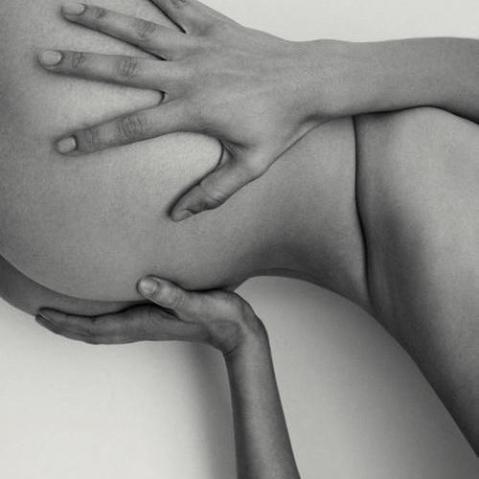What's your point of view?

Knowing when, how, and why to alter your perspective, and therefore change your point of view, when taking photos is an important element of good composition. Frequently, it pays to stray from the norm, whether that’s your norm or the perceived wisdom of ‘norm’, to produce a unique image.
 44 seconds at ƒ/8 and ISO 3200
44 seconds at ƒ/8 and ISO 3200
To people whose sole reason for owning a camera is to take ‘snapshots,’ it will probably seem most logical to take photographs from eye level. Such photos can be likened to a view from a window. A person standing or sitting in front of a window and looking straight forward will only be able to see the middle and far distance. Photos taken from a very low vantage point, however, include more of the foreground, giving the viewer a sense of being able to step into the picture, as if through a doorway.
 When these photographs of Svartifoss were taken, the water level was unusually low, making it appear somewhat more lackluster than usual.
When these photographs of Svartifoss were taken, the water level was unusually low, making it appear somewhat more lackluster than usual.
 Focusing on just the water against the unusual pattern in the surrounding rocks gave a completely different result, emphasizing the waterfall’s unique appearance, rather than its relationship with the surrounding area.
Focusing on just the water against the unusual pattern in the surrounding rocks gave a completely different result, emphasizing the waterfall’s unique appearance, rather than its relationship with the surrounding area.
Consider your options
The angle of a shot is just as important as the height from which it’s taken and the lens it’s shot with. Different circumstances demand different things, so it’s a bad idea to always do things the same.
 When attempting to photograph Skógarfoss from ground level for the first time, the tripod was set really low with a wide-angle lens set to its widest focal length on the camera. The result was somewhat underwhelming, however. Pulling closer to the subject didn’t appear to improve the shot or suggest the enormity of the waterfall, either.
When attempting to photograph Skógarfoss from ground level for the first time, the tripod was set really low with a wide-angle lens set to its widest focal length on the camera. The result was somewhat underwhelming, however. Pulling closer to the subject didn’t appear to improve the shot or suggest the enormity of the waterfall, either.
For example, a while back it seemed that every other photo seen online was taken with a wide-angle lens from a low perspective, angled upward and with a distorted subject of some sort in the foreground. Don’t fall into the trap of relying on one particular set-up every time you shoot. While it might often work very well, it definitely won’t work for every scenario.
 The breakthrough came by using a 70-300mm lens, sitting on a bench in the parking area, zoomed right in on the waterfall and using people in the foreground for scale. This approach was far more effective at conveying the real size and power of the falls.
The breakthrough came by using a 70-300mm lens, sitting on a bench in the parking area, zoomed right in on the waterfall and using people in the foreground for scale. This approach was far more effective at conveying the real size and power of the falls.
In Moodscapes Rebekka Guðleifsdóttir shares her unique approach to capturing breath-taking fine-art landscape shots. Her work has caught the eye of editors the world over, leading her to be named Web’s Top Photographer by the Wall Street Journal, and here she reveals the techniques that will make your landscape photography stand out from the crowd and win a place on a gallery wall.
 Moodscapes
Moodscapes
Rebekka Guðleifsdóttir
RRP £19.99
Buy it now!

